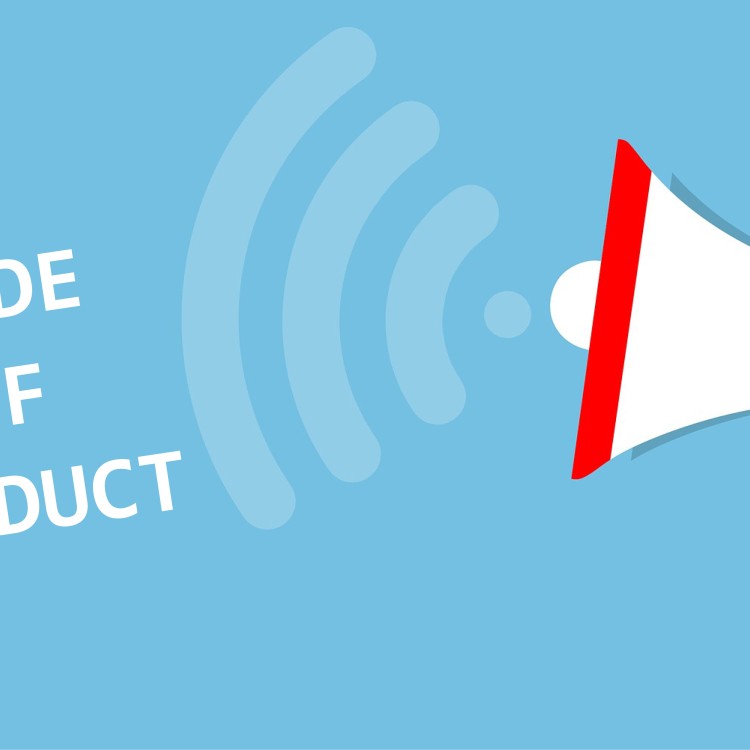

De term "therapeutisch middel" wordt onduidelijk geacht in de zin van artikel 84 EOV
Although the Respondent (R) argued that the skilled person was able to determine with ease, from a publicly available list of approved therapeutic products, whether an agent met any therapeutic efficacy requirements or not, the Board ruled in favour of A and agreed that the term “therapeutic agents” is open to interpretation, for example, for at least the following reasons:
- A therapeutic agent is not limited to agents that are approved by a competent regulatory authority.
- A therapeutic agent defines any known or yet unknown biologically active compound capable of treating at least one disease state or condition.
Background
The divisional patent application no. 10008869.9 was opposed on all of the opposition grounds of Art. 100(a) EPC. The OD considered that the main request lacked novelty (Art. 54 EPC) and decided to maintain the patent in amended form on the basis of auxiliary request 1 with the following amended claim 1:
A fully intact eubacterial minicell derived from a eubacterial parent cell, wherein the minicell comprises biologically active compound which is a therapeutic agent and displays an antibody or antibody derivative directed to a surface antigen of a cell for cell- or tissue-specific targeting of said eubacterial minicell, wherein the biologically active compound and the antibody or antibody derivative are exogenous to the parent cell and distinct from each other."
The A lodged an appeal against the decision of the OD, arguing that the term “which is a therapeutic agent” introduced as an amendment lacked clarity under Art. 84 EPC.
Interpretation of the claim
In appeal, the A argued that no standard test exists for determining whether an agent is therapeutic or not. Accordingly, the skilled person would have to test any agent for its efficacy in any possible disorder in any possible organism to determine whether said agent is therapeutic and falls under the scope of protection of claim 1.
The R responded that it was not necessary for the skilled person to determine the therapeutic efficacy of each and every agent in order to determine whether it fell within the scope of protection of claim 1 or not, given that it is well-known that a competent regulatory authority had to grant its approval before a therapeutic product might be released on the market in Europe. Thus, the skilled person would easily determine whether an agent met any therapeutic efficacy requirements or not from a publicly available list of approved therapeutic products.
According to the Board, the term “which is a therapeutic agent” defined an agent both by its intended use and effect. Thus, it defines a chemical substance that may be used for the treatment or mitigation of a disease condition or ailment. With this view in mind, the Board then assessed the arguments of both parties. In line with decision T151/01, and contrary to A’s argumentation, the Board stated that, in most cases, the skilled person is able to decide whether a certain amount of a specifically defined product has a therapeutic agent. However, the Board also considered that in the current case, the "therapeutic agent" used in claim 1 defined far more than a specific class of compounds in a specific quantity having a therapeutic effect for a disease. According to the Board, it also defined any known or yet unknown biologically active compound capable of treating or alleviating at least one disease state or condition. Hence, it would not be limited to agents that are approved by a competent regulatory authority and/or are on a publicly available list of therapeutics. The argument of the R stating that the skilled person would be able to determine from a list of approved therapeutic products whether any agent was a therapeutic agent or not, would therefore not be decisive in resolving the present clarity issue.
Given the diverging definitions provided by the parties, the Board concluded that the skilled person would not be in a position to establish whether the vast majority of biologically active compounds were therapeutic or not, and if they would fall under the scope of claim 1 or not.
Decision of the Board
In view of the above, the Board considered that the term “therapeutic agent” is ambiguous and concluded that claim 1 of the application lacks clarity within the meaning of Art. 84 EPC. Consequently, the decision under appeal was set aside and the patent was revoked.







